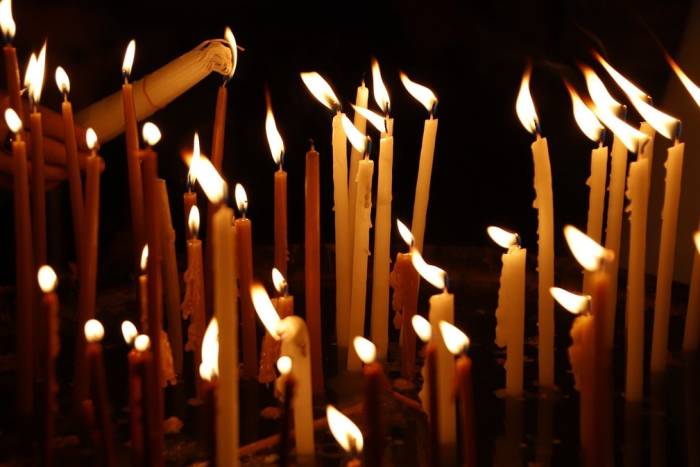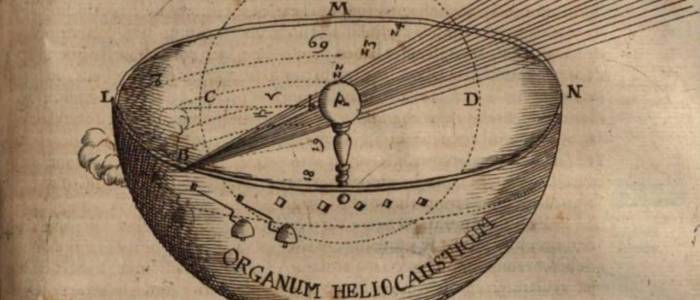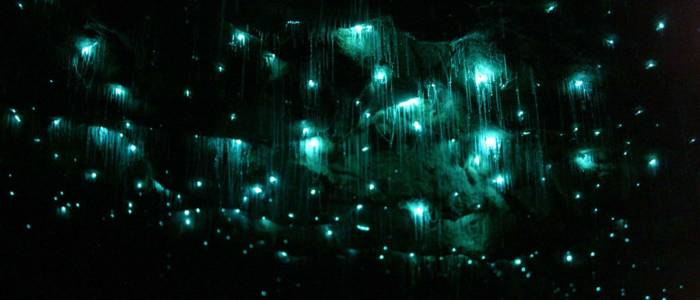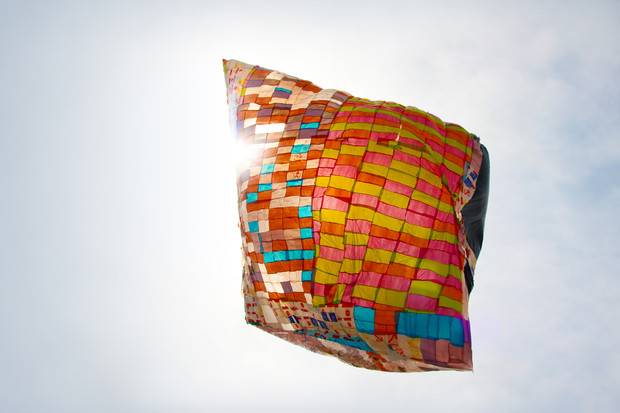Pascualita, A Mannequin That Inspires Terror And Devotion
For decades, this mannequin that resembles a real woman has been the protagonist of many legends and myths.
In La Popular’s main window display, a bridal shop in the city of Chihuahua in northern Mexico, is Pascualita, a mannequin that for over eighty years has been at the center of many terrifying legends and myths.
According to legend, on March 25th, 1930 —the Day of Incarnation in the Mexican religious calendar— a new mannequin was acquired by Pascualita Esparza Perales de Pérez for her bridal shop. The doll, which to this day remains in the same spot, is terrifyingly realistic: the veins in her hands, wrinkles, knuckles trespassing the skin and fingernails that resemble those of flesh and bone are all visible.
The mannequin, known today as “la Pascualita”, is made of wax, has crystal eyes (which have tiny veins that emphasize improbable yet living memories), natural eye lashes and hair which were inserted individually. The doll, acquired in Mexico City, was brought from Paris and soon drew the crowd’s attention because of her chilling realism.
Mrs. Pascualita was known for confectioning the most coveted bridal dresses in Chihuahua and soon her new mannequin inspired her clients’ curiosity. According to stories still told today, when the owner died in 1967, strange things began to happen inside the store. They say that the doll began to move, to turn on the lights and to walk through the establishment’s halls. Other people swear that they have seen her smile, sweat and cry at night.
One of the most popular legends says that Pascualita is, in fact, Chonita, Mrs. Esparza’s only daughter, who died on her wedding day poisoned by a scorpion hiding in her bridal crown. After this, Pascualita embalmed her daughter and placed her in her shop’s window so that she could be the most beautiful bride forever —hence her nickname: “Chihuahua’s most beautiful bride”. Other stories suggest that, after her death, the spirit of Mrs. Pascualita inhabits the doll.
The different versions of the legend are countless and it is possible to find all sorts of variations. What is still true today is that most of the brides that visit La Popular in search of a dress pick the one worn by the famous mannequin, since they believe this guarantees a long and happy marriage. There are also those who believe Pascualita is a type of saint, capable of granting miracles, and they take candles to ask for help or find the love of their life, while many of them fear her and prefer not to pass by the store at night.
Nobody can come close to the doll or see her when they change her dress, and on more than one occasion, she has been attacked by the women who visit the store. Once, Pascualita was inspected by the local police, since exhibiting a corpse within a store is a crime. They say that they only found wax and plastic.
This doll’s spine-chilling resemblance to a real woman —product of a supreme artisanal work— is one of the possible explanations to all the myths that surround this mannequin: her eyes seem to see those who approach her and her detailed hands are always ready to spring into action. In a way, Pascualita embodies one of man’s greatest desires: meticulously reproducing nature, in this case in the form of a perfect doll. This mannequin is also a cult object, an open expression of fetishism and our tendency to weave myths around the objects we create. Perhaps we are all micro-gods.
Related Articles
When ancient rituals became religion
The emergence of religions irreversibly changed the history of humanity. It’s therefore essential to ask when and how did ancient peoples’ rituals become organized systems of thought, each with their
Seven ancient maps of the Americas
A map is not the territory. —Alfred Korzybski Maps are never merely maps. They’re human projections, metaphors in which we find both the geographical and the imaginary. The cases of ghost islands
An artist crochets a perfect skeleton and internal organs
Shanell Papp is a skilled textile and crochet artist. She spent four long months crocheting a life-size skeleton in wool. She then filled it in with the organs of the human body in an act as patient
A musical tribute to maps
A sequence of sounds, rhythms, melodies and silences: music is a most primitive art, the most essential, and the most powerful of all languages. Its capacity is not limited to the (hardly trivial)
The enchantment of 17th-century optics
The sense of sight is perhaps one the imagination’s most prolific masters. That is why humankind has been fascinated and bewitched by optics and their possibilities for centuries. Like the heart, the
Would you found your own micro-nation? These eccentric examples show how easy it can be
Founding a country is, in some ways, a simple task. It is enough to manifest its existence and the motives for creating a new political entity. At least that is what has been demonstrated by the
Wondrous crossings: the galaxy caves of New Zealand
Often, the most extraordinary phenomena are “jealous of themselves” ––and they happen where the human eye cannot enjoy them. However, they can be discovered, and when we do find them we experience a
Think you have strange reading habits? Wait until you've seen how Mcluhan reads
We often forget or neglect to think about the infinite circumstances that are condensed in the acts that we consider habitual. Using a fork to eat, for example, or walking down the street and being
The sky is calling us, a love letter to the cosmos (video)
We once dreamt of open sails and Open seas We once dreamt of new frontiers and New lands Are we still a brave people? We must not forget that the very stars we see nowadays are the same stars and
The sister you always wanted (but made into a crystal chandelier)
Lucas Maassen always wanted to have a sister. And after 36 years he finally procured one, except, as strange as it may sound, in the shape of a chandelier. Maassen, a Dutch designer, asked the










